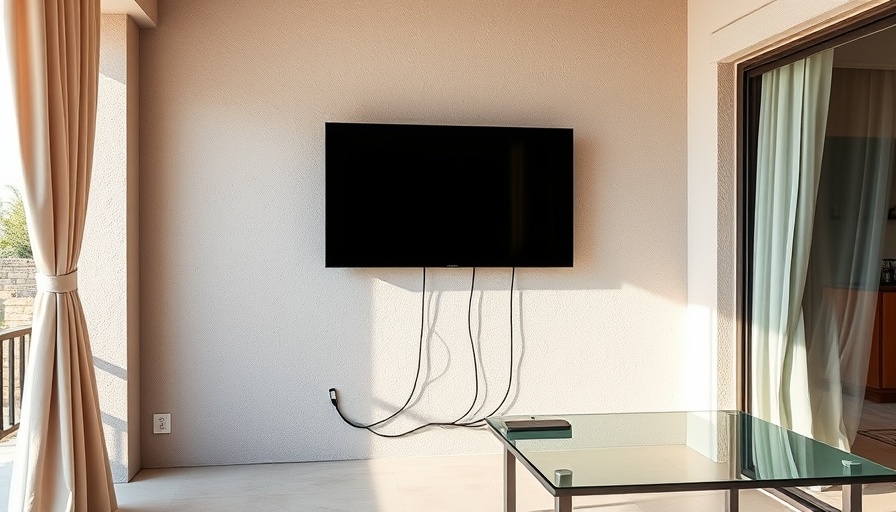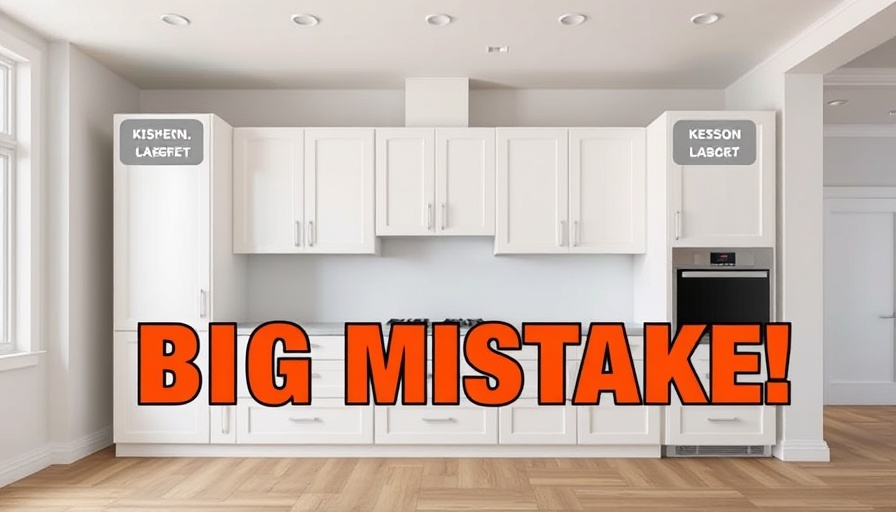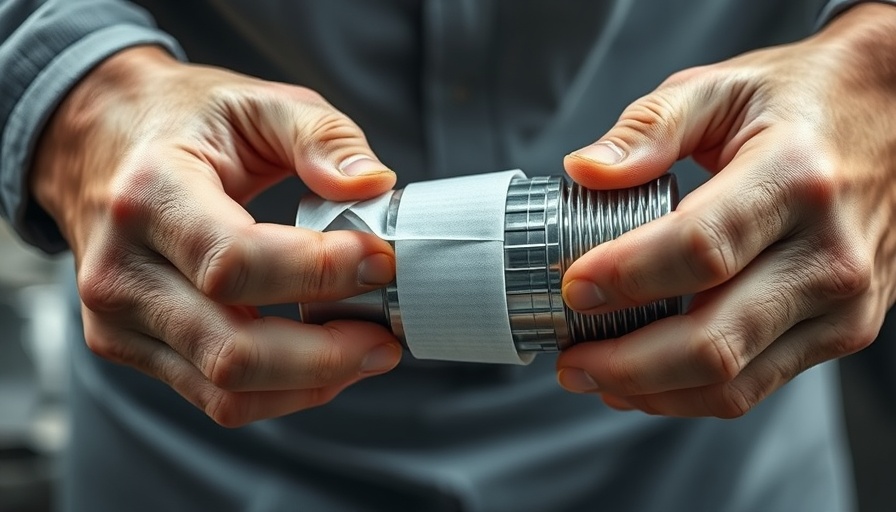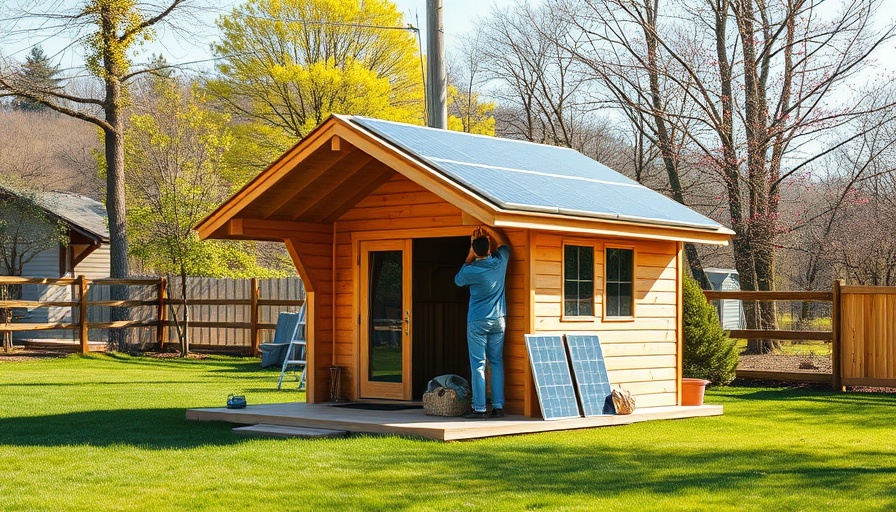
How to Tackle Your Next DIY Project with Confidence
Assembling furniture or taking on home renovations can seem daunting, especially when it involves installing a flat screen TV without visible power cords. This guide is tailored for homeowners aged 40 to 65 who aspire to elevate their home's aesthetic while retaining functionality.
In 'How to Wall Mount a TV with No Visible Power Cords (Step-by-Step DIY)', the discussion dives into clever solutions for discreet TV mounting, exploring key insights that sparked deeper analysis on our end.
DIY Project: Wall Mounting Your TV
To set up your TV while ensuring a clean look, it helps to understand the mechanics of mounting first. Scott from Everyday Home Repairs walks us through this seemingly complicated process, simplifying it into actionable steps. He shares methods for concealing power cords and installing a wall mount securely, creating an organized and elegant entertainment space.
Finding the Right Mount and Location
Selecting the correct TV mount tailored to your needs is crucial. Look for mounts that allow for movement, such as extending away from the wall and pivoting for better viewing angles. Measuring is essential: ensure the width and height of your TV are taken into account when determining the mounting location. It's advisable to avoid using anchors; instead, solidly secure your mount with lag bolts into the wall studs for the best support.
Importance of Stud Location
One of the biggest challenges when mounting a TV is locating studs in the wall. Scott recommends using specialized tools, like magnetic stud finders, although they may struggle with certain wall types, like stucco. Therefore, creating a reference hole from the inside can be a helpful DIY trick. This exploratory technique will guide you in confirming stud placement, vital for safely securing the TV mount.
Safety Considerations When Wiring
Electrical considerations are paramount. Whether working with new outlets for your TV setup or upgrading existing ones, understanding basic wiring principles will bolster your confidence. In Scott’s video, he emphasizes the importance of disconnecting the circuit before starting any electrical wiring to ensure safety. Tools like circuit testers can help prevent accidents by verifying that the power is off before beginning installation.
Steps to Install an Outdoor Power Outlet
When extending power outdoors for your TV, Scott demonstrates how to install a GFCI (Ground Fault Circuit Interrupter) outlet to mitigate electrical hazards in wet areas. This is not only a safety requirement but also introduces an added layer of convenience when using electrical devices outdoors.
Final Touches and Common Mistakes to Avoid
As you conclude your project, attention to detail is paramount. Ensuring all wires are secured and wary of overcutting holes can save you from future headaches. Scott highlights the necessity of patience within this DIY journey. Small errors like improper measurements can lead to significant rework and increased effort.
The Value of Knowledge in DIY Projects
Taking the initiative to learn new skills enhances your home environment while potentially increasing its value. Each project brings an opportunity for self-satisfaction and personal improvement. Assembling a toolbox of home maintenance skills is effective for DIY enthusiasts and can be incredibly gratifying.
Exploring videos like Scott's can empower you to tackle projects with newfound confidence. Don't hesitate to reach out to experienced friends or consult local resources for support. Remember, a grasp of home repair basics not only improves your space aesthetically but also prepares you for future challenges.
What's Next?
For those ready to tackle their upcoming DIY projects, consider reviewing some home maintenance checklists to stay organized and ensure you're addressing home care effectively throughout the year. Remember, countless resources are available to guide you, so don’t hesitate to dive into the world of DIY!
 Add Row
Add Row  Add
Add 




Write A Comment